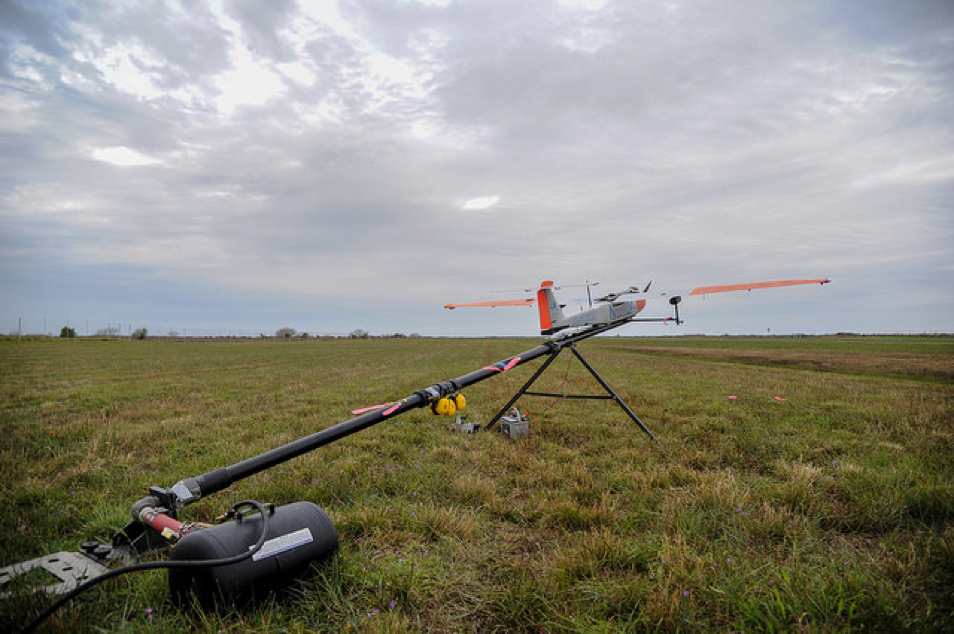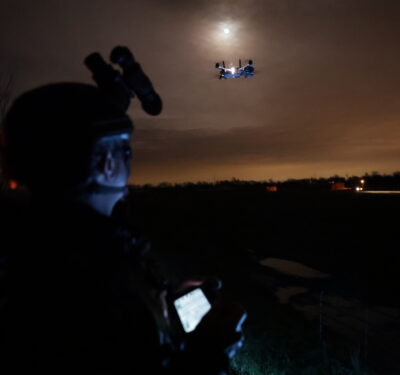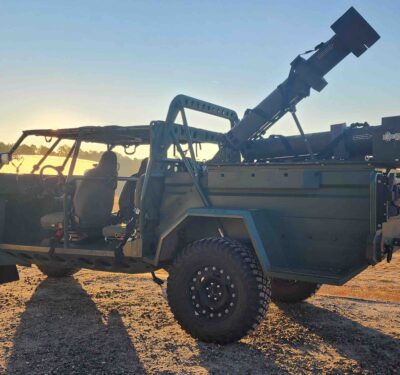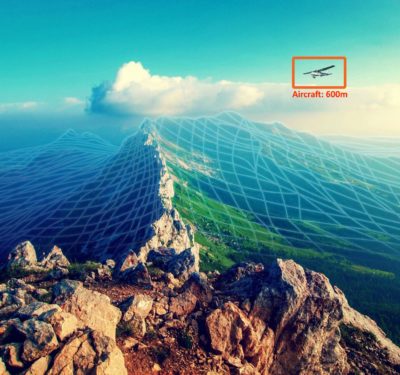
Sense-and-avoid technology is critical to safely and successfully integrating unmanned aircraft systems into the U.S. airspace, which is why testing these systems through places like Texas A&M University Corpus Christi’s Lone Star Unmanned Aircraft Systems research center is so crucial now.
The research center conducted flight operations earlier this month to test a ground-based sense-and-avoid radar system from SRC Inc. The system is designed to identify small UAS in a specific airspace, according to a news release.
The technology is described as the sense part of a sense-and-avoid system, and during the missions enabled researchers to determine if non-test aircraft or birds entered the testing area, according to the release. Testing was done with the university’s RS-16 unmanned aerial vehicle at the Charles R. Johnson Airport in Port Mansfield, operated by the Willacy County Navigation District.
The RS-16 is the university’s largest UAV, according to the release, with a wingspan that almost reaches 13 feet. It can carry payloads weighing up to 18 pounds. During the tests, the UAV covered 18 miles and reached altitudes of up to 3,000 feet. The university has conducted regular flights of the RS-16 since 2011.
“We were able to conduct three good flights this week, allowing us to test and refine our capabilities with the RS-16,” said Dr. David Bridges, Associate Professor of Mechanical Engineering and Director of the University’s UAS Program, according to the release. “It is also our first time to fly with an FAA registration number that identifies our craft just like all manned aircraft.”
This marked the first of many tests and collaborations at the center, according to the release, which will be used to help define the architecture needed to operate with different sense-and-avoid technologies. The research center is conducting monthly test flights and is releasing information requests for UAS acquisition as well as for companies who would like to test equipment, payload or aircraft.
As one of six federally-designated test sites for unmanned aircraft, the center will report the results of these tests to the FAA.
“Texas A&M University-Corpus Christi and the Lone Star UAS Center are excited to be at the forefront of testing technologies needed to fully integrate unmanned aircraft into our national airspace,” said Dr. Luis Cifuentes, Interim Executive Director of the LSUASC and the University’s Vice President for Research, Commercialization and Outreach, according to the release. “The safety of our skies is paramount. The Lone Star Center will continue testing aircraft, systems, and software to assist the Federal Aviation Administration as it develops rules and procedures required to ensure safety in the national airspace.”






